One-in-Two-Million Marvel
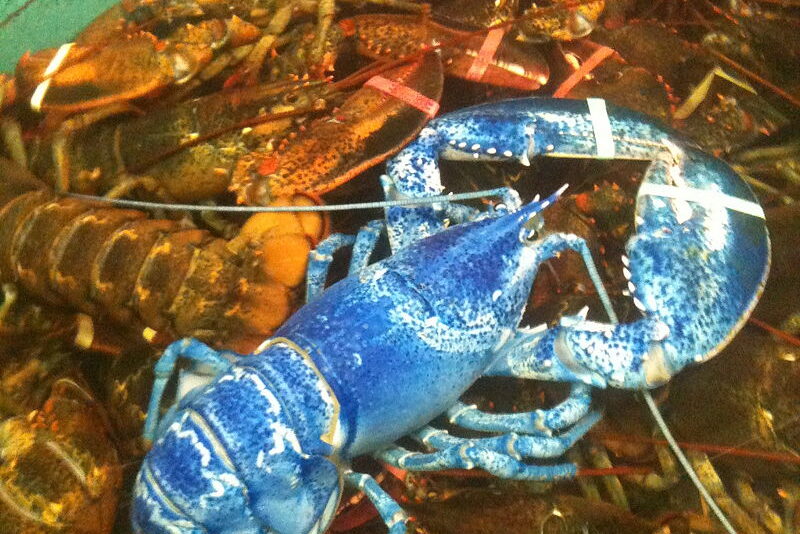
Imagine pulling up a lobster trap and seeing a flash of sapphire instead of the usual mottled brown—that’s the shock fishermen feel when they encounter the blue lobster. This rare crustacean isn’t the result of pollution or dye; it’s a genetic quirk that turns its shell a dazzling cobalt. Scientists estimate only one in two million lobsters sports this mutation, caused by an overproduction of a specific protein. For centuries, sailors considered them good luck charms, while biologists see them as a vibrant reminder of nature’s unpredictability.
What’s even more fascinating is that blue lobsters aren’t the only color mutants—some lobsters are calico, split down the middle with two hues, or even ghostly white. Yet the blue variant captures our imagination most, perhaps because it looks like something out of a fantasy novel. While they face the same predators as their ordinary cousins, their striking appearance makes them prized finds in seafood markets and aquariums alike. Next time you’re by the ocean, remember: beneath those waves, nature is still painting with colors we rarely get to see.
Ghostly Dance of Feathers
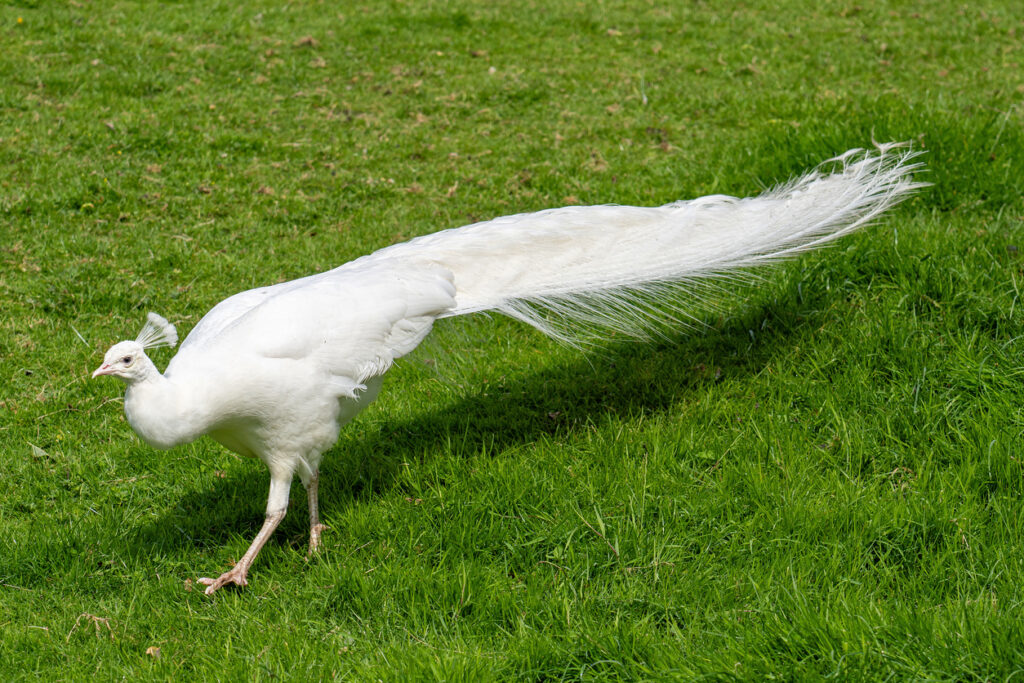
Peacocks are known for their iridescent blues and greens, but the white peacock glides through the world like a living specter. This isn’t an albino—it’s a leucistic bird, its feathers lacking pigment but its eyes retaining their dark, piercing gaze. In the wild, such a standout creature would struggle to hide from predators, but in captivity, they’re celebrated as ethereal wonders. Some cultures view them as symbols of purity, while others whisper that they’re omens of something otherworldly.
The mutation behind their plumage doesn’t just affect color; it transforms their entire presence. When a white peacock fans its tail, it doesn’t shimmer—it glows, catching the light like frosted glass. Unlike their vividly colored kin, these birds move through gardens and temples like silent ghosts, their beauty haunting in its simplicity. They remind us that sometimes, the most breathtaking mutations aren’t loud and flashy—they’re quiet, elegant, and utterly unforgettable.
Nature’s Double Take
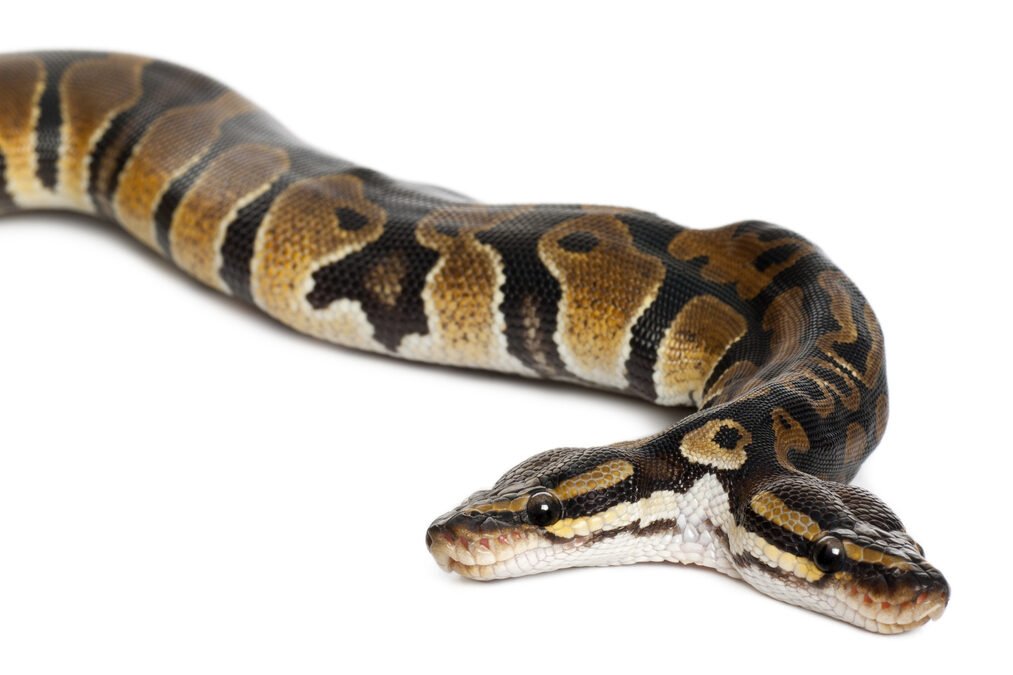
Most snakes slither through life with a single focus, but the two-headed snake lives in a constant tug-of-war. This rare mutation, known as bicephaly, occurs when an embryo doesn’t fully split, leaving the snake with two brains, two mouths, and often two competing instincts. In the wild, such creatures rarely survive. Imagine the confusion of trying to hunt while your other head wants to hide. But in captivity, they become fascinating examples of nature’s unpredictability.
Scientists note that each head can have its own personality; one might be docile while the other strikes at anything that moves. Feeding them requires careful timing to prevent fights over the same meal, and their movements are often clumsy as the heads struggle for control. Yet there’s something mesmerizing about watching them navigate their strange existence, a living reminder that even in nature’s errors, there’s a strange kind of wonder.
A Myth Made Real
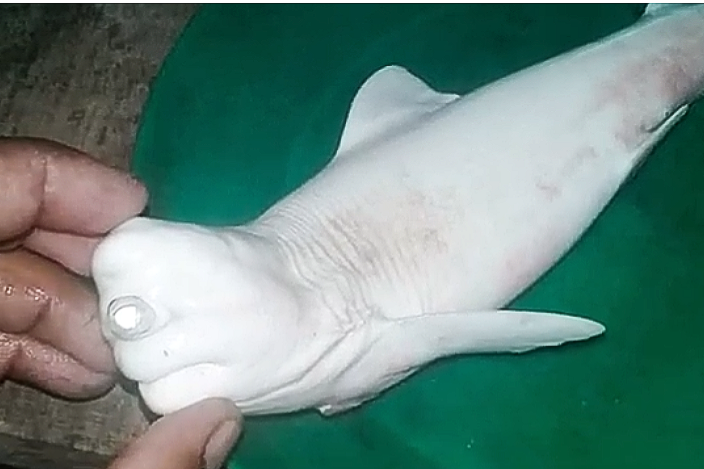
Ancient myths spoke of one-eyed monsters, but in 2011, fishermen off Mexico hauled up a Cyclops shark—a dusky shark pup with a single, perfectly centered eye. This condition, called cyclopia, is a severe deformity that usually results in stillbirths, making this tiny, doomed creature a scientific curiosity. Researchers suspect pollution or genetic mutations could be the cause, but the exact reason remains as mysterious as the legends it evokes.
Despite its tragic fate, the Cyclops shark captured global attention, blurring the line between biology and folklore. Most such mutants don’t survive long, but their existence raises questions about how often nature stumbles into the realm of the uncanny. For a brief moment, this little shark made us wonder: if such creatures are real, what other myths might have roots in reality?
Stripes of Gold
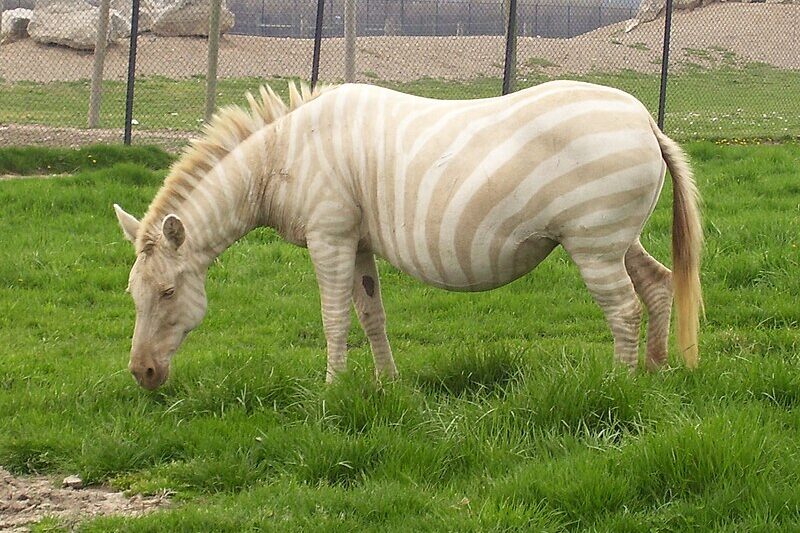
Zebras are iconic for their black-and-white stripes, but in Kenya’s plains, a golden zebra named Zoe trots like a gilded mirage. Her stripes are a pale, honeyed gold instead of stark black, the result of a rare genetic mutation called amelanism. Unlike albinos, she retains some pigment, giving her a sun-bleached, almost mythical appearance. Locals initially thought she was a spirit, while scientists see her as a living lesson in genetic diversity.
In the wild, her unusual coloring could make her a target, but in captivity, she’s become a symbol of nature’s artistry. Her mutation doesn’t just affect her looks—it alters her very presence, turning every gallop into something dreamlike. She’s a reminder that even the most familiar animals can still surprise us, if we’re lucky enough to witness their rarest forms.
A Bubblegum Leap
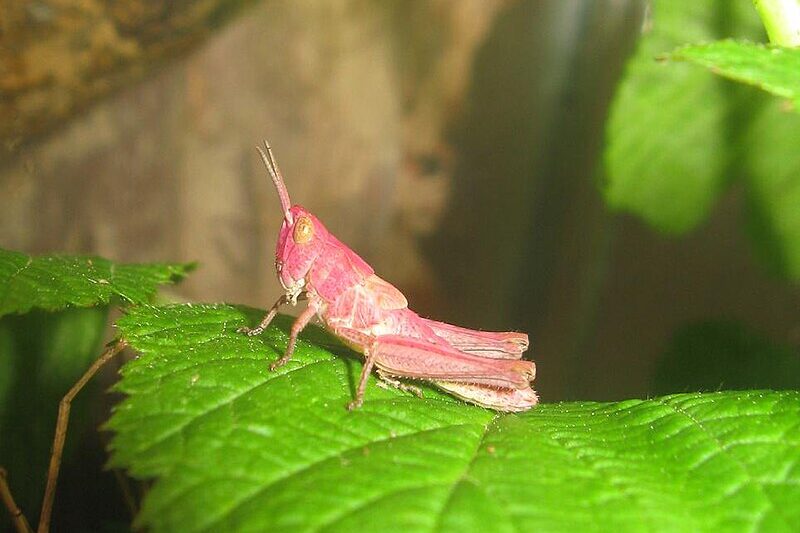
Grasshoppers are usually masters of camouflage, blending into greens and browns, unless you’re the pink grasshopper, a living cotton candy surprise. This vibrant hue comes from erythrism, a mutation that floods their bodies with red pigments. Most don’t survive long in the wild (bright pink isn’t exactly stealthy), but when they do appear, they stop onlookers in their tracks.
Photographers and biologists treasure these rare insects, seeing them as fleeting gifts from nature’s palette. Their color isn’t just a fluke—it’s a rebellion against the ordinary, a tiny, hopping reminder that even the smallest creatures can defy expectations. Next time you’re in a meadow, look closely, you might just spot a pink wonder hiding in plain sight.
A Feathered Enigma

Birds don’t usually come in split-down-the-middle designs, but the bilateral gynandromorph cardinal is a living paradox—half fiery male, half soft brown female. This rare condition occurs when an egg develops with both male and female chromosomes, resulting in a bird that’s literally divided. Scientists say it’s like seeing evolution pause mid-thought, leaving a creature that defies easy categorization.
For birdwatchers, spotting one is a once-in-a-lifetime event. Unlike typical cardinals, this one doesn’t fit neatly into mating rituals or social hierarchies. Yet it thrives, a fluttering testament to nature’s willingness to experiment. In a world that loves binaries, this bird is a quiet, beautiful rebellion.
A Bare Reflection

Chimpanzees are our closest relatives, covered in hair—except for Cinder, a hairless chimp whose baldness made her a scientific sensation. Unlike alopecia in humans, her condition was likely genetic, leaving her skin exposed and vulnerable. Researchers observed her behavior closely, noting how her troop treated her differently, sometimes with curiosity, other times with caution.
Her life was a poignant mirror to human experiences of difference and acceptance. While she passed away young, her existence raised profound questions about genetics and empathy in primates. She wasn’t just a mutant—she was a reminder of how thin the line between “us” and “them” really is.
See-Through Wonder
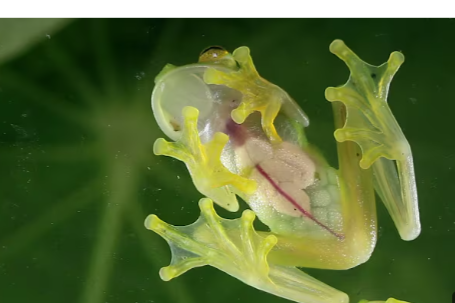
Glass frogs are already semi-transparent, but a mutant Peruvian frog took it further—its skin so clear, you could watch its heart beat. This wasn’t a new species, but a rare individual whose pigmentation vanished entirely, leaving its organs on display. Scientists marveled at the sight, a living X-ray that blurred the line between animal and apparition.
In the wild, such transparency would be a death sentence, but in captivity, it became a window into nature’s inner workings. Its brief life was a fleeting masterpiece, a reminder that even the most fragile mutations can reveal the extraordinary. And so we’re left with a truth: nature’s “mistakes” often hold its most astonishing secrets, if only we’re willing to look.


